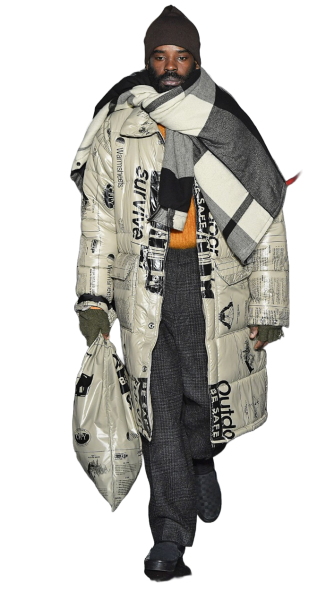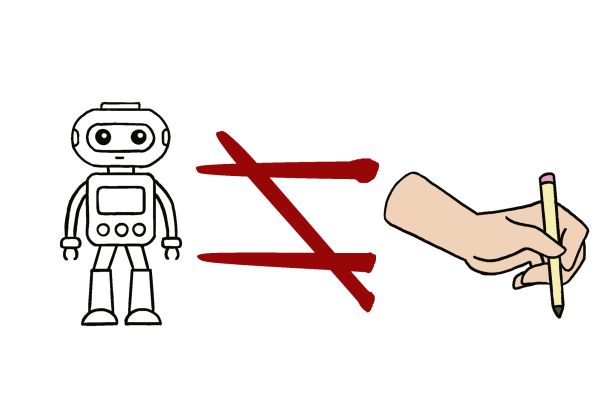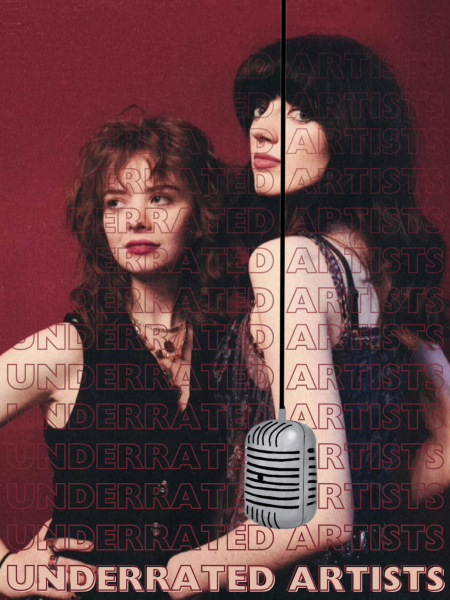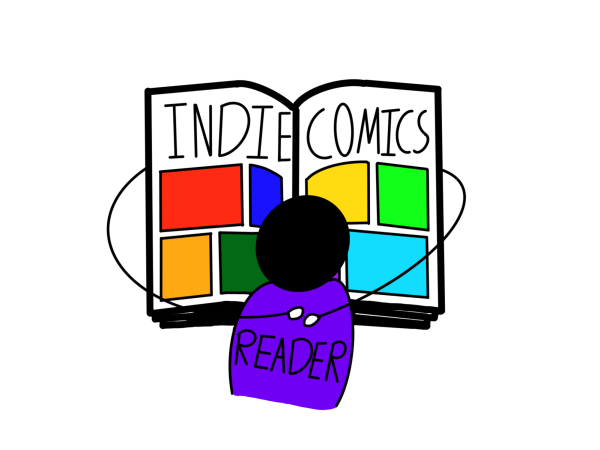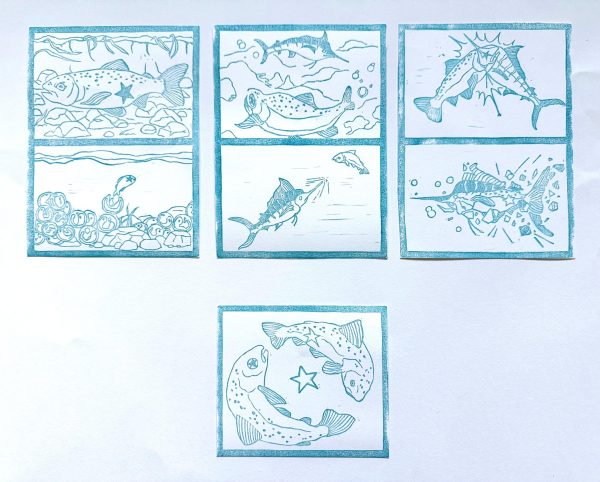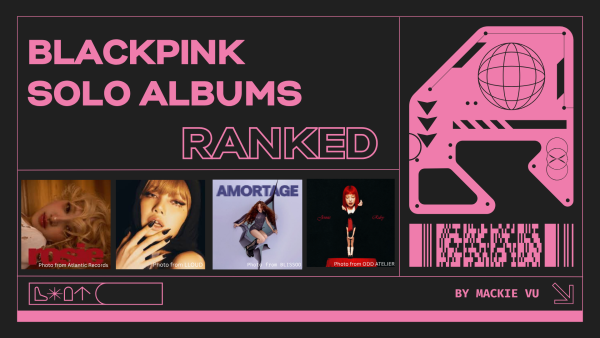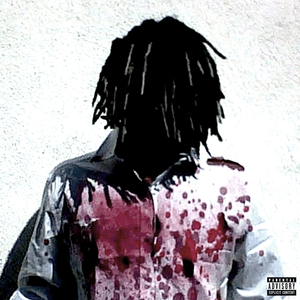Movie adaptations: a mistranslation of books
“Little Women,” “Harry Potter” and “Twilight” are all names of well known book to movie adaptations. With the movie industry pulling in over $42 billion in 2019, it is disappointing to see that some of these adaptations do not measure up to their expected potential.
People often turn to movies as an outlet rather than books, as visual content is more easily digested. They consider sifting through movies on netflix as a better alternative than reading. But reading offers so much more than movies do; it has a sense of complexity and individuality that cannot be compared to movies. Movies restrict your imagination whereas novels can transport your imagination. And because movies are carried out through human executions, there are oftentimes many physical, practical and monetary restraints that prevent the movie from fully capturing a novel’s essence. But a novel is the ultimate passport, which has no limits and can take you anywhere.
The underlying issue with these adaptations is the difference in narrative mediums. Books offer a literary description, whilst movies portray a visual representation of a story. The main issue with this difference is that various elements of storytelling are lost in translation.
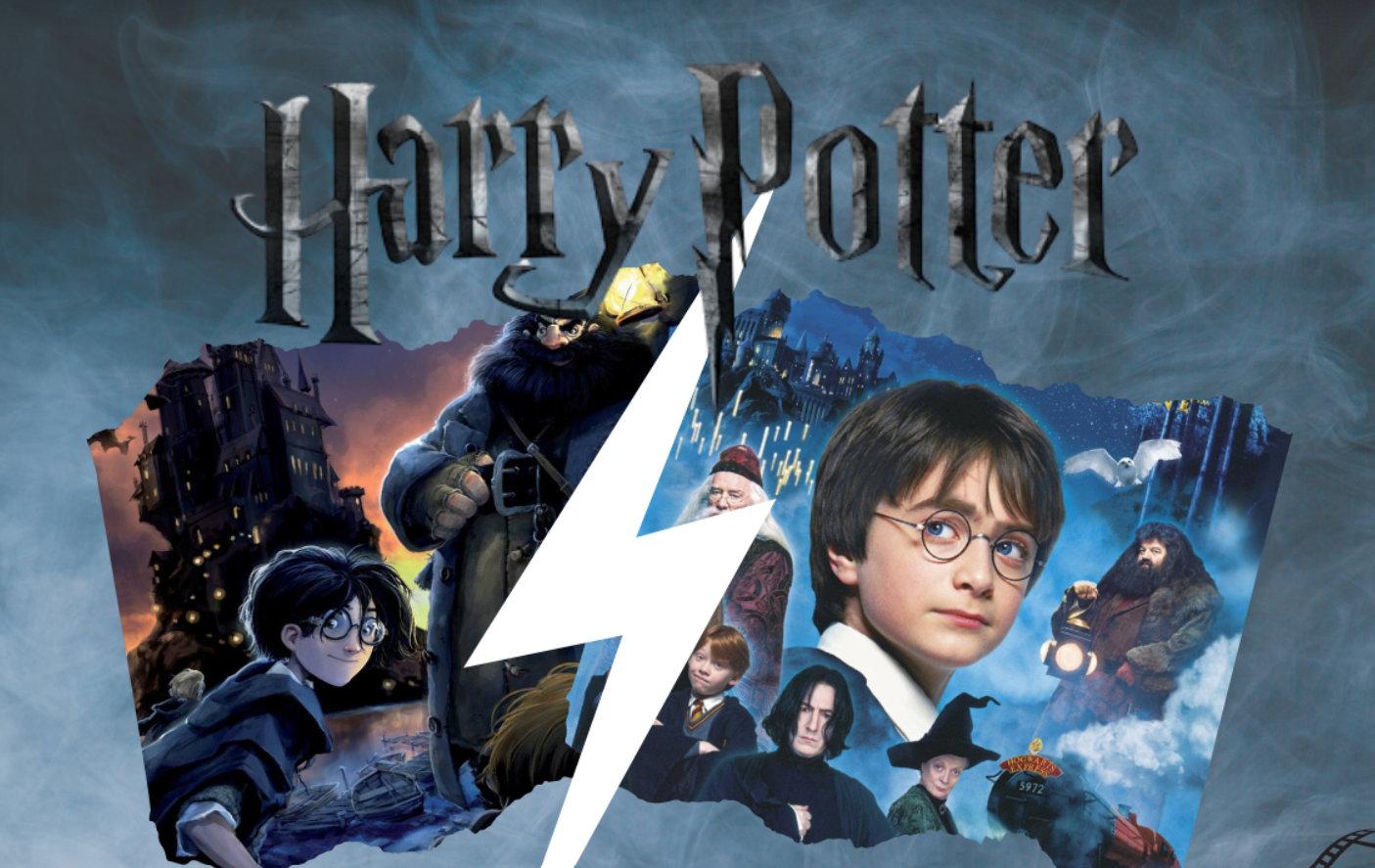
In describing a scene, an author has the liberty of utilizing as many words as they please in order to encapsulate the necessary details and emotions of a character or a story. Whereas in movies, this interpretation is not only subjective, but also does not match the level of sophistication and detail that words offer. In “Twilight,” there is a moment of confrontation between two characters and in the movie, the build up of the argument is not matched in the movies. Although seemingly simple, the muted reactions to the argument do not correctly portray the characters, and instead softens their complexity.
In books, an author can utilize a number of literary techniques to convey a specific message, or underlying message. For example, in its literary form, “Little Women” is told through an omniscient perspective, a “character” that knows all the intricacies of each character’s desires, flaws, and thoughts. But because a movie’s storytelling technique is completely different from a book’s, it cannot properly convey the same message. And so in the movie adaptation, this unique narrative telling cannot be translated, thus losing an integral part of the plot.
Also, because of a movie’s time constraints and the necessity of multiple scenes to convey a simple literary plot, oftentimes characters and subplots are completely omitted from the movies.
In the Harry Potter movie series, a popular character, Peeves, was completely scrapped to cut down on time. Even more unfortunately, this was not the only character to be excluded from the movies, as many integral characters were either cut completely, or had their depth shaved to the bone. By ridding a movie of these elements, layers of a character are forgone which leads to confusion for movie watchers regarding a character’s personality or decisions.
Although these cuts do not always affect the main plot line, the subplots and additional characters are what gives Harry Potter its complexity and draws in its millions of fans.
These character cuts, lack of adherence to the books and complete misinterpretation of novels only depletes the integrity of the novels and ensures that the watchers do not get the full experience.



